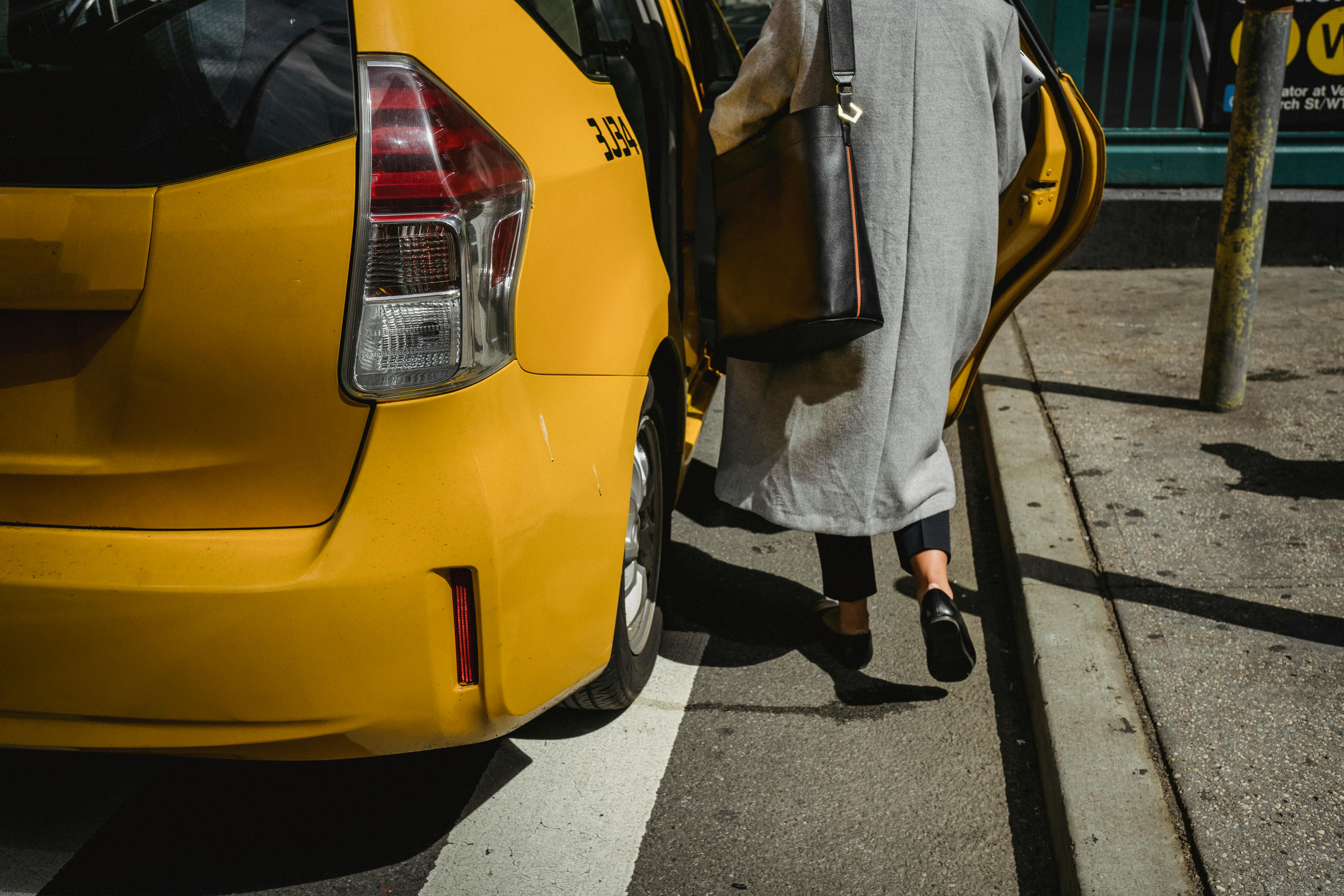
The book explores how to reinvent yourself through the discovery of new cultures and places
Discovering Yourself in New Zealand tells the story of how Pallas Hupé Cotter and her family embarked on an adventure in 2011 after her husband was offered a job in New Zealand. Pallas, who had been a longtime news anchor, decided that she and her family would take the plunge and move to the other side of the world, from Sacramento, California to Wellington, New Zealand. Pallas had long moved at a frenetic pace, working long hours at her job, as well as being a wife and mother of two children. Realizing it was time to slow down, reinvent herself and rediscover herself, she accepted this move to New Zealand as her opportunity.
As Pallas says at the beginning of the book, “Life is about saying yes, walking through open doors and getting involved, but it’s also about knowing how to downshift to a gear that gives you time to reflect on your journey. Whatever it is. the gear that’s right for you. “
Pallas learned to change gears in New Zealand, where the pace of life was much slower, and this book is her invitation for the reader to change with her. Discovering yourself in New Zealand isn’t just about how Pallas and his family discovered themselves; it’s also about how readers can discover and reinvent themselves. Pallas uses her personal experiences as springboards for readers to pause and reflect on their own life choices and the possibilities that await them. Each chapter ends with Reinvention Questions focusing on various topics to encourage readers to make their own changes in life.
Pallas herself experienced many forms of reinvention after moving to the other side of the world. He learned to slow down. Instead of hectic work with long hours away from home, he built his own business from home; After all, New Zealand is known as the best place in the world to start a business. Pallas also took the opportunity to become a public speaker, including a TEDx talk at the first-ever TEDx Women’s Event in New Zealand. She also started exercising more by joining a women’s walking group. He even learned to cook.
The culture changes that New Zealand offered helped Pallas make many of these changes. He found that he had to slow down because in New Zealand you don’t just rush in and out of a grocery store. If he went to the market, the seller would make sure he tasted his apple cider before he was allowed to buy any. She found that people wanted to take the time to chat with her, and she didn’t want to be perceived as a rude American for not doing so. He also discovered that many customs and traditions were different in New Zealand. Halloween was not such a popular holiday, but the Christmas season was really a time to relax, often on the beach, as it is summer in New Zealand during the holidays. And then there were all the fun language differences that he learned to understand and accept.
Also, New Zealand was full of fascinating things to explore. Pallas arrived during the height of the uproar for The Hobbit movies being filmed and released in New Zealand, so he experienced firsthand the influx of tourists searching for Middle-earth and all the commercialism and excitement that accompanied it. She also visited Christchurch to see how it was rebuilding after the devastating 2011 earthquake that left her sober but also admiring the resilience of its residents. And she and her family experienced an earthquake in Wellington that left them shocked but grateful.
Throughout the book, Pallas highlights her adventures of moving to New Zealand with a series of full-color photographs that will delight and amaze the reader. They cover everything from costume parties and fashion shows to stunning landscapes and family photos. I really had no idea how beautiful New Zealand was until I saw these photos. Sometimes a picture is really worth a thousand words.
When I finished reading this book, I had a desire to see “Middle Earth” for myself. Who knows? I might even move to New Zealand at some point. But more importantly, I felt that my eyes had been opened to the myriad possibilities that life has to offer, but that they are so easy to forget when we get caught up in our daily routines. As Pallas makes clear, reinvention is possible whether you travel or stay at home because there are always new things to discover.
At the end of the book, Pallas reflects on her adventure so far: After five years, she and her family are still enjoying their New Zealand odyssey, but also wondering what the future holds. Pallas states:
“I am grateful and blessed to have had this opportunity to reinvent myself. But I have learned that it did not really require a transfer to the edge of the universe. You can recreate your life and make it an epic experience by pressing pause and ask yourself: ‘Is this the life that I want to live? What can I do to change it? “And not let anything stop you.”
I invite readers to grab a copy of this book, explore their own possibilities, ask the many reinvention questions posed, and rediscover themselves. After all, it is the journey that matters.